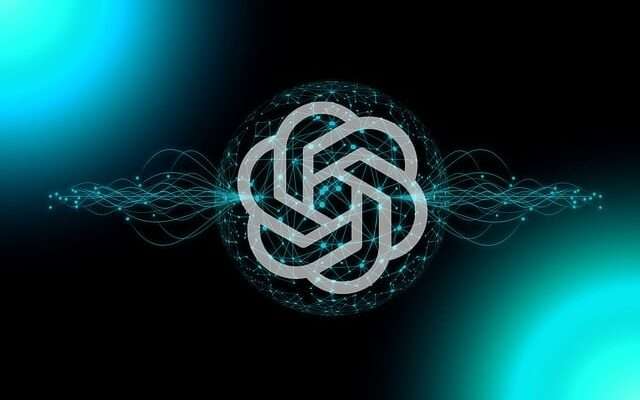Chat GPT (Generative Pre-trained Transformer) is a large, unsupervised language model developed by OpenAI. The model is trained on a massive amount of data, and is designed to generate natural-sounding human-like text. It can be fine-tuned for a wide range of natural language processing tasks such as language translation, question answering, and text summarization, and can also generate original text on a given topic or in response to a prompt.
GPT is pre-trained on a massive amount of diverse text data and uses a transformer architecture, which was introduced in the paper “Attention is All You Need” by Google Brain. The transformer architecture utilizes self-attention mechanisms to weigh the importance of different parts of the input, allowing the model to more efficiently process longer input sequences.
GPT-2, the second generation of the GPT model, was trained on a dataset of over 40 GB of text data, including web pages, books, articles, and more. It was able to generate human-like text on a wide range of topics, and could even complete tasks such as translation and summarization without any additional fine-tuning.
GPT-3 is the third generation and latest version of GPT. This model is even more powerful than its predecesor GPT-2 and is trained on a diverse dataset including books, articles, websites and more. It’s main feature is it’s versatility, capable of answering questions, writing long-form text, programming, and even passing visual and auditory tests, as well as being able to play games, etc.
While GPT and its derivatives are extremely powerful, it’s important to note that they are not infallible and can make mistakes or produce biased or irrelevant output if not used carefully. The output of these models should be always verified by humans.
Here are some of the pros and cons of using GPT for chat applications:
Pros:
*GPT is pre-trained on a large dataset of text, which allows it to generate human-like responses. This can make it more engaging and natural to interact with than a rule-based system.
*GPT can understand the context of a conversation, which allows it to generate more relevant and appropriate responses.
*GPT can generate a wide range of responses for a given prompt, which can make it more versatile than a rule-based system.
*GPT can be fine-tuned for specific tasks, such as customer service or personalized recommendation, with relatively small amount of additional data
*GPT can be fine-tuned with distillation technique to improve performance of chatbot and use less computational resources.
Cons:
*GPT is a generative model, which means it can sometimes generate nonsensical or irrelevant responses, especially when it is not fine-tuned for a specific task.
*GPT’s text generation can be biased or perpetuate negative stereotypes if it is trained on biased data.
*GPT requires significant computational resources to run, which can be a limitation for some applications.
*GPT’s responses can be similar to each other if the model is not fine-tuned enough, which might make the conversation feel less engaging.GPT responses can be unsafe or harmful if not filtered or moderated properly.
Overall, GPT is a powerful tool for natural language processing, and can be used to create highly engaging and human-like chat applications. However, it’s important to keep in mind its limitations and consider potential biases when using it in applications.
Read Also
Tips For Mobile App Development That Will Boost Your Business Growth
OneDrive vs. SharePoint | Which One is More Apt for Your Business
